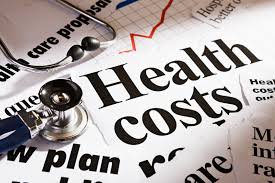Hospitals can efficiently protect public health by lessening the quantity and toxicity of the wastes they generate, and also by employing a variety of ecologically sound waste management and disposal alternatives. As part of a healthcare program, they must not only focus on treating the patients inside the hospital, but protecting citizens as well outside from harmful waste materials.
All over the world, health care waste management is underfunded and inadequately executed. The merging of contagious and other dangerous properties of medical waste symbolize a significant environmental and public overall health threat. It is indeed frightening to think that chemicals and other toxic substances may reach our neighborhood. A current literature review came to the conclusion that over half the world’s population is in danger from illness caused by healthcare waste. It was also found that plenty of inadequate waste treatment methods cause violation of fundamental human rights.
There is certainly no international convention that directly addresses medical waste management, so classification systems vary from country to country. Nevertheless, waste is frequently categorized based on the risk it carries. The vast majority of medical waste (around 75-85%) is comparable to normal municipal waste and also considered as low risk, unless burnt. The rest consists of more harmful forms of medical wastes, which include infectious and sharp waste, chemical and radioactive waste and hospital waste water.
Burning medical waste products creates numerous hazardous fumes and compounds, such as hydrochloric acid, dioxins and furans, as well as the toxic metal lead, cadmium, and mercury. The disposal of biodegradable waste produces greenhouse gas pollutants, including methane, which can be twenty-one times stronger than carbon dioxide. The government, as well as international organizations, must have a strong stand in managing hospital waste materials. This is to improve the quality of healthcare and avoiding possible spread of diseases in the community.



